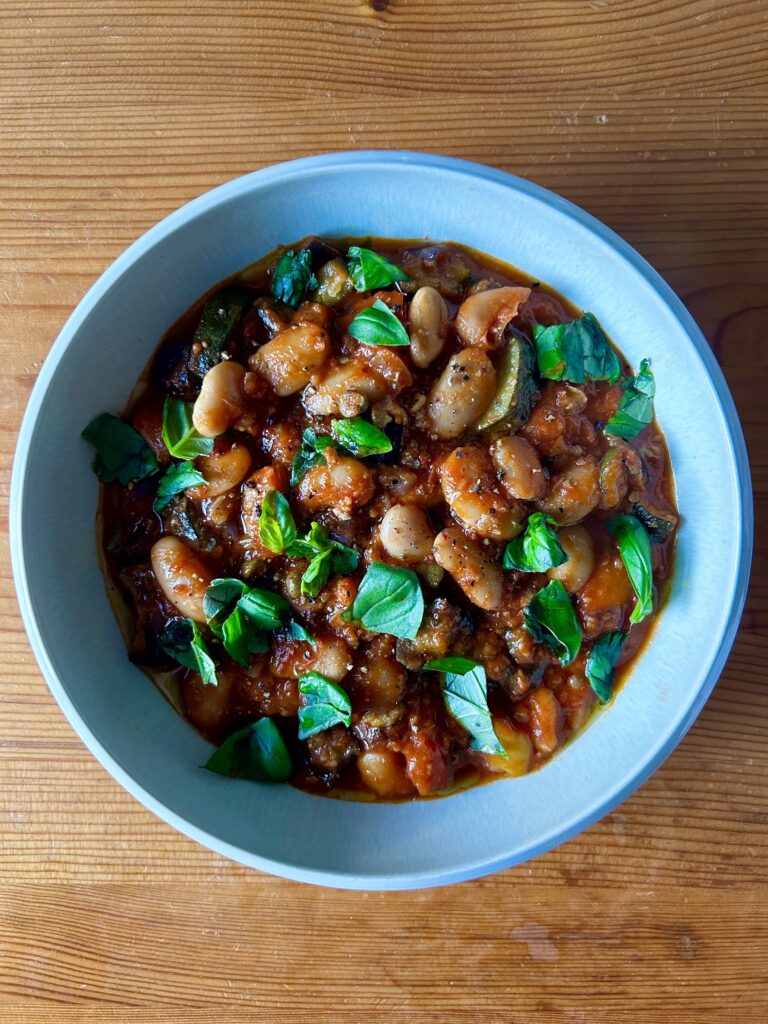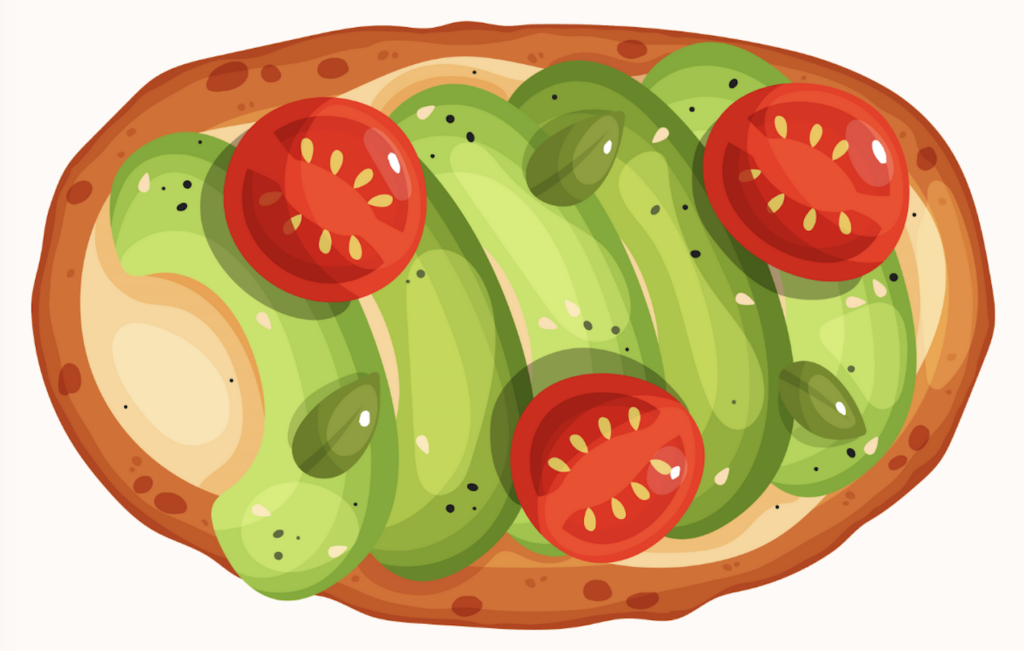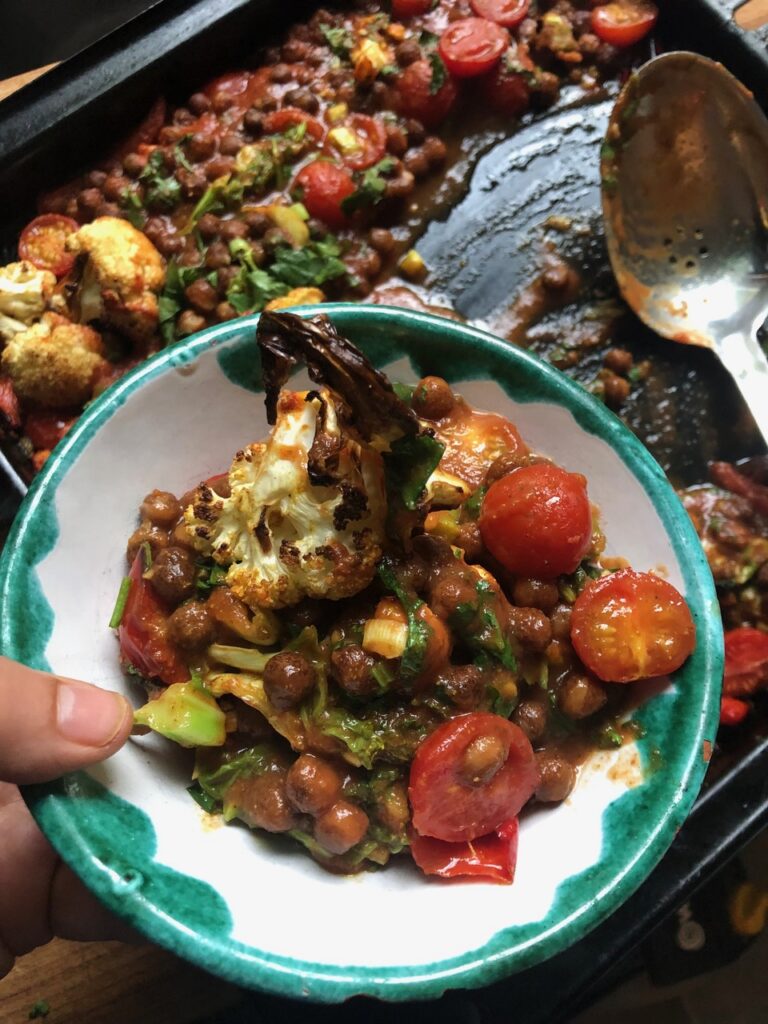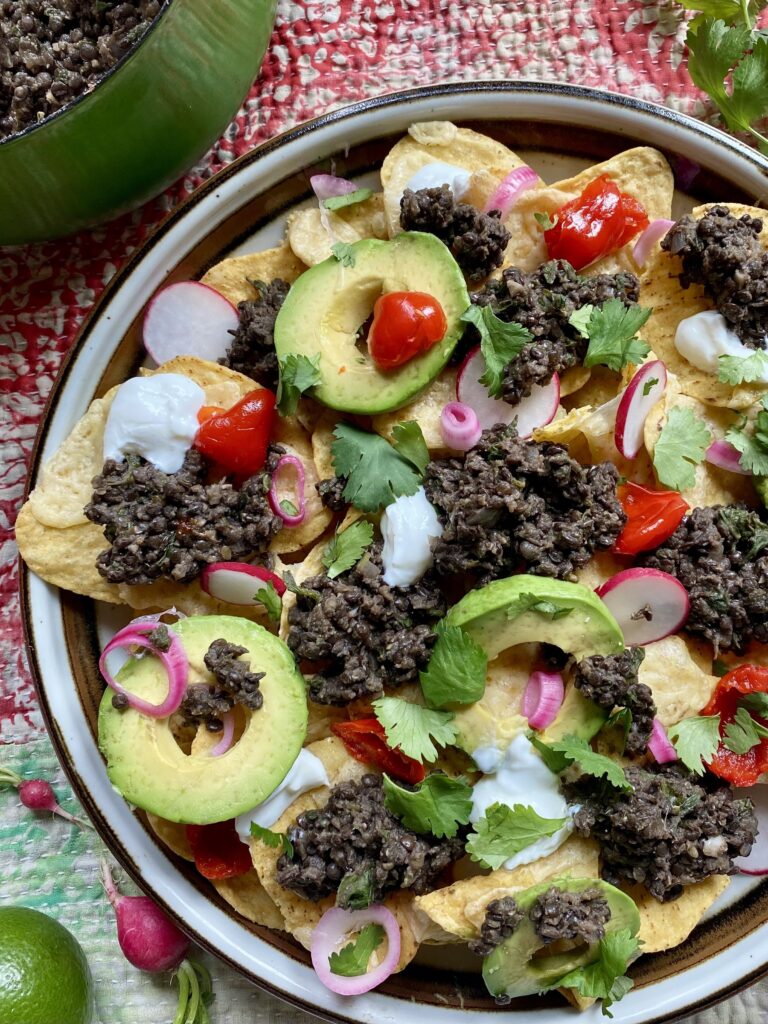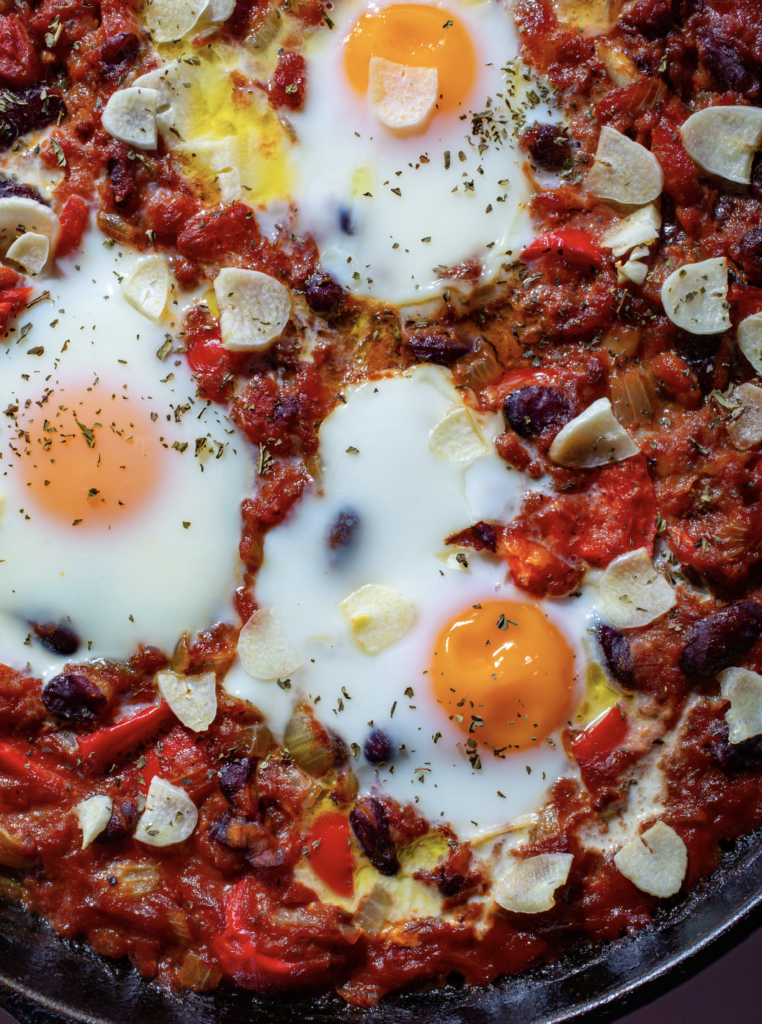Earth Day is a global celebration of our planet and a reminder that even small everyday choices, like what we eat, can help protect it. Families around the world are looking for simple, meaningful ways to care for the planet – and teach their kids to do the same. The good news? One of the best things you can do for your family’s health and for the Earth is already in your pantry.
This Earth Day, celebrate a simple, affordable, and delicious solution: beans. These humble legumes – including peas and lentils – aren’t just good for us today. They’re a tasty step toward fixing the future world we want our children to grow up in.
Why Beans Deserve the Spotlight This Earth Day
Beans are sustainability champions. They replenish the soil, require less water to grow than many other protein sources, and produce far fewer greenhouse gas emissions. Thanks to their long shelf life, they help reduce food waste, which is a major contributor to global carbon emissions.
Beans are also ideal for growing children. They’re nutritional powerhouses, full of fibre, iron, plant-based protein, potassium, and other essential nutrients. Plus, they’re a staple in cuisines around the world, making them a great way to explore the tastiness of global cultures as a family without breaking the bank.

Cook Earth-friendly meals with your kids and explore beans with 5 senses this Earth Day
Cooking with beans is more than just a meal – it’s a life lesson. It’s a chance to laugh, learn, and talk about why these simple ingredients are good for our bodies and the Earth.
Whether your baby is exploring new foods, or your toddler is currently a picky eater, beans can be introduced at every stage. Make beans the star of the plate, or serve as a delicious side, topping or snack. Get extra fibre and protein into meals by adding to salads, stews, mashed or blended into spreads or sauces, or even as dessert. Try a variety of recipes together to show how versatile beans are while exploring different spices and textures.
While cooking and eating, let children touch, taste, sort, and compare different types of beans, peas and lentils without pressure. Show them the variety of shapes, colors, tastes and storage methods: smooth vs speckled, soft vs firm, dried vs soaked.
Encourage questions, such as:
-
Why are some beans bigger than others?
-
How do dried beans change when you cook them?
-
Where in the world do these beans come from?
This not only makes mealtime more playful and creative, but it also helps kids build positive associations with healthy foods—and gets them excited to try something new without pressure.
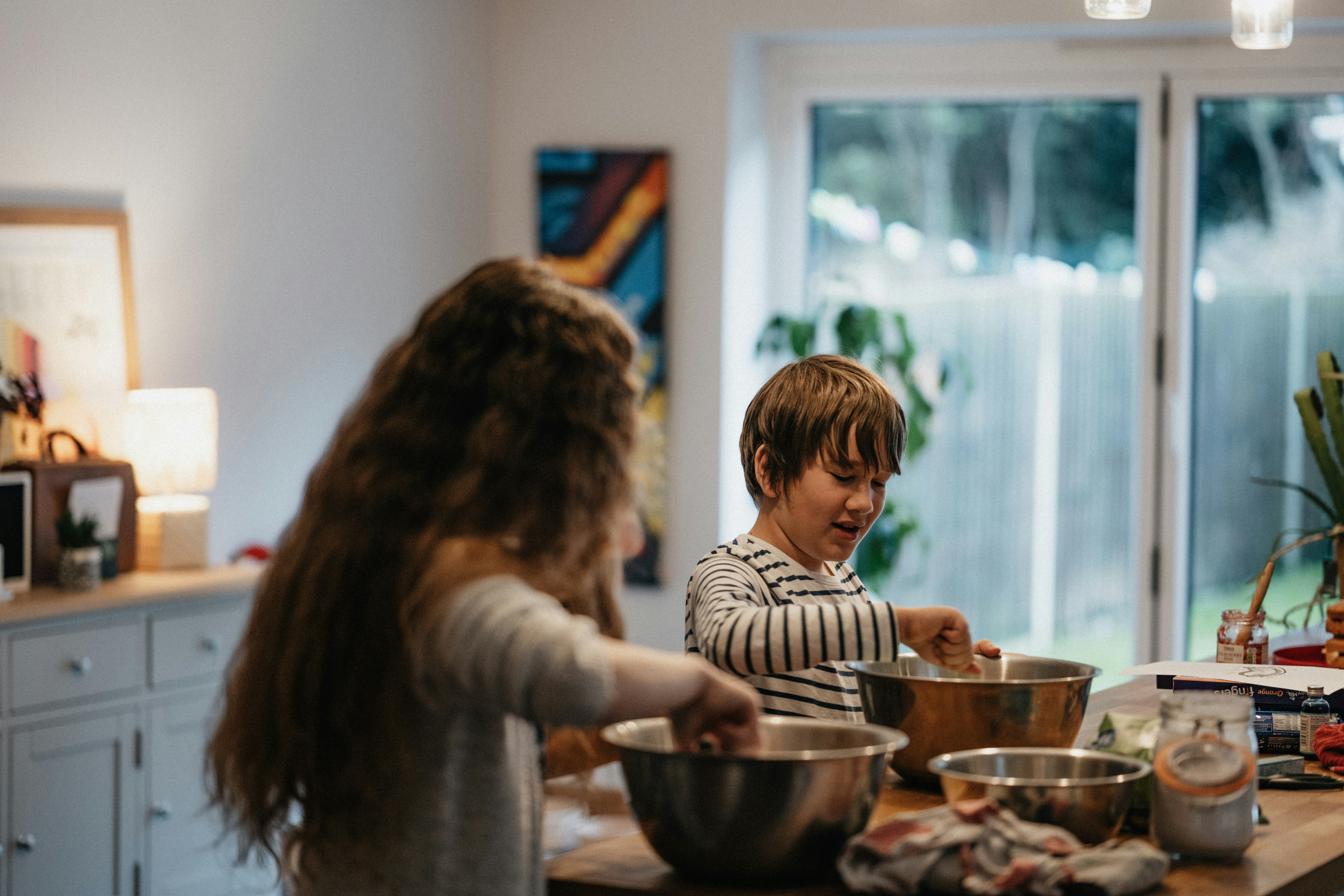
Share how you are celebrating beans in your homes to encourage families everywhere get more beans on their plates:
-
Pick, plan and make a recipe with your kids. Try a bean-based recipe together. Let them stir, mash, taste, and learn.
-
Create and share. Record a simple recipe or mealtime moment with beans and share it online using #BeansOnTheMenu.
-
Talk about it. Use mealtime as a chance to explain how beans help both the planet and our bodies.
Other family-friendly bean activity ideas
Let the little artists loose! Use beans in bins for sensory exploration in lieu of sand or playdough. Encourage children to create smiley faces, animals, rainbows, etc. You can also use them for learning about counting.
Beans are also easy to grow at home, from seed to sprout in under 10 days. Soak a bean in water overnight, then place it in a wet paper towel or cotton ball for a few days. Be sure to resoak to ensure it stays wet. You can place the bean in a glass jar or other receptacle to watch the process. Check each day to watch the germination process. Once it gets big enough, plant it in some soil and watch the plant flower and grow pods.
Encouraging curiosity helps kids develop interest in food and the planet. It’s science, math, art, disguised as fun!

